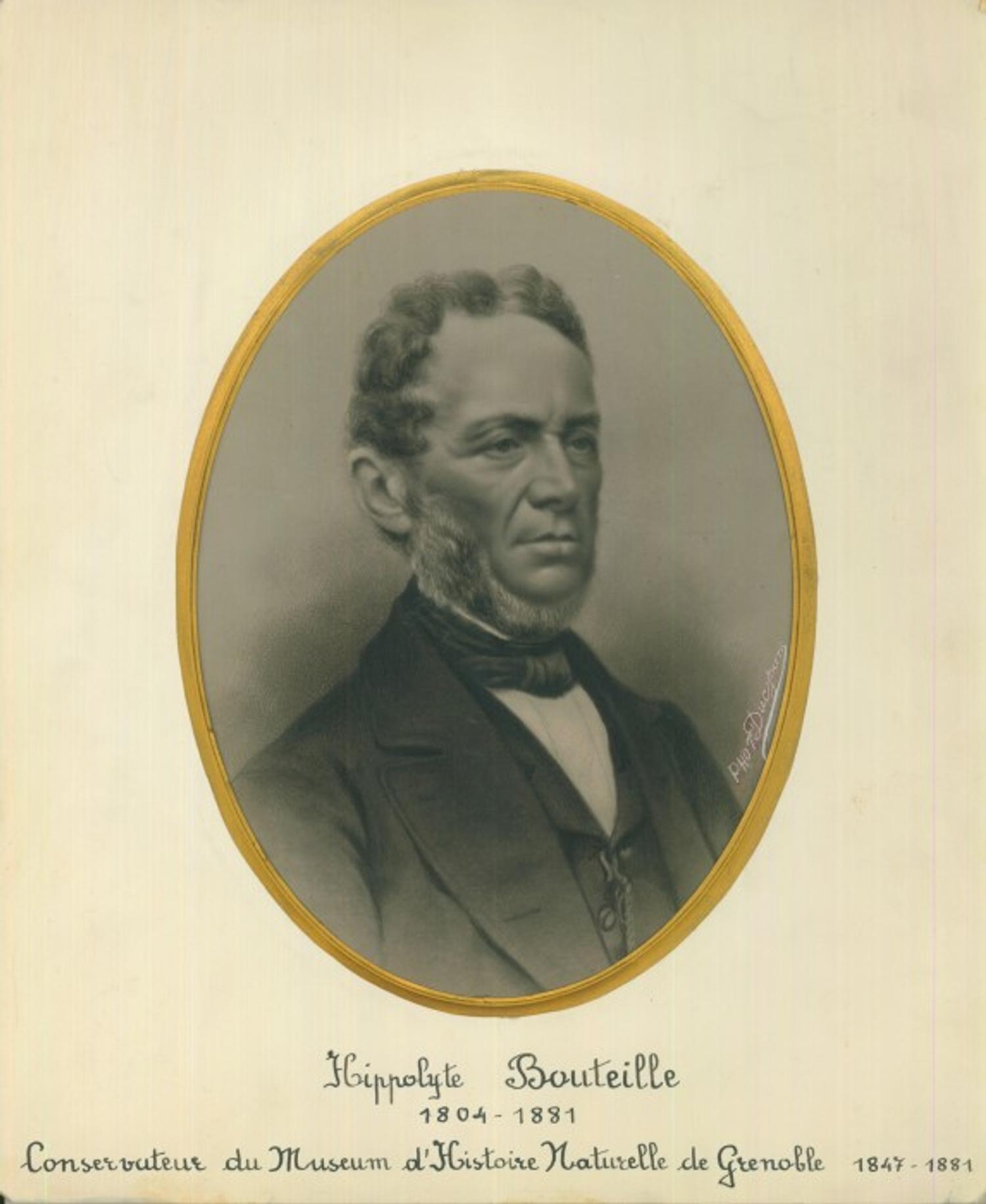COLLECTIONS HISTORY
In 1773, a group of nobles in Grenoble, among them Henri Gagnon, Stendhal’s maternal grandfather, creates a public Library , inside the ancient Jesuites college, a cabinet of Natural sciences, following the project will be soon added. In 1775,in fact, a public subscription allows the opening of the cabinet in one of the ailes of the Library. The first collections come from regional cabinets of natural sciences ( Antonins , Raby, Pajot de Marcheval, Ducros…). Note the modesty of the naturalist collections presented then-very few are left today to testify-,also the scientific drive that surrounds it, specially concerning the Botanic and Geology.
The function “cabinet’s guardian” is first confused with “librarian” before emancipation. In general, this first public Library in Grenoble piles the missions of the 3 big cultural institutions today in the city (libraries, museum) before they individually specialized.
Concerning the Museum, it separates from thelLibraries by the mid - 19 century. The project of a new dedicated building, in the middle of the Botanical gardens, where it still stands today, is dated since 1845. It will open 10 years later.The object of this new musee, like it will be the case for the majority of them for a long time, is to present, universally and encyclopedically, in an order reflecting the knowledge of the era, the collections available. The idea is for people to compare the different forms of living in series, completed as much as possible. The opportunity to acquire or not, relates to the species already present in the collection, in the optic to be most exhaustive as possible.
That logic has a limit, the space available for the exposition, and one consequence, the crowding of collections in the museum.
In the 80’s, when renovation of the museum has been decided, the choice for presentation is completely reviewed. The construction of reserves allows the removal of the majority of collections. The species will be now presented in smaller scales but contextualized.
In parallel to this movement, the status of natural sciences collections evolves. With the dangers of biodiversity and geodiversity growing wordly, new challenges from these collections, to their conservation and management are surfacing.
Their use in studies related to the knowledge of natural environmentsand to their growth is, today,unmissable.

